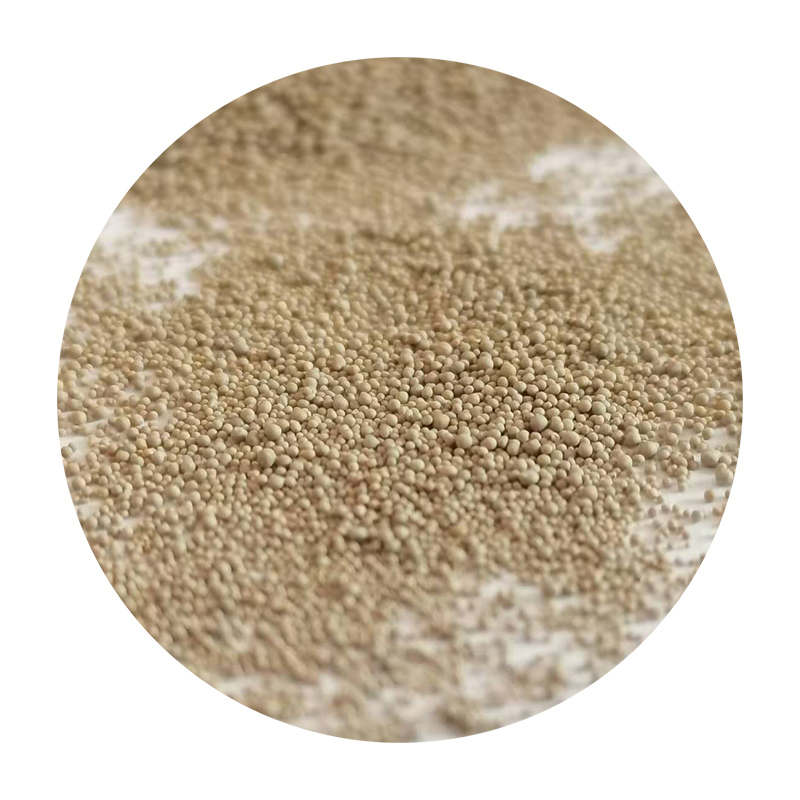Sanding Resin 3D Prints A Comprehensive Guide
3D printing has revolutionized the way we create and prototype various objects. Among the various materials used in 3D printing, resin has gained popularity due to its ability to produce high-resolution parts with intricate details. However, post-processing is essential to achieve the desired finish for resin 3D prints, and sanding is a crucial step in this process. In this article, we’ll delve into the importance of sanding resin 3D prints, the techniques involved, and tips to achieve the best results.
Why Sand Resin Prints?
Sanding is a fundamental post-processing technique that enhances the overall appearance and feel of 3D printed objects. Unlike filament-based prints, resin prints can exhibit a certain level of smoothness; however, they often have visible layer lines, particularly when printed at lower resolutions. Sanding helps to eliminate these imperfections, resulting in a smoother surface that highlights the fine details of the model.
Moreover, sanding prepares the surface for additional finishing techniques, such as painting or application of clear coats. A well-sanded surface allows paints and finishes to adhere better, resulting in a more professional and polished look. Furthermore, sanding can help improve the tactile quality of the print, making it more pleasant to handle or display.
Sanding Techniques for Resin Prints
When it comes to sanding resin prints, there are several techniques and tools that you can use to achieve optimal results
1. Choosing the Right Sandpaper Start with coarse-grit sandpaper (around 120-220 grit) to remove major imperfections. Gradually work your way to finer grits (up to 2000 grit) to achieve a smooth finish. Using wet/dry sandpaper combined with water can help minimize dust and clogging, resulting in a cleaner process.
sanding resin 3d prints

2. Sanding by Hand vs. Power Tools Hand sanding provides greater control, especially for intricate details and small areas. However, for larger, flat surfaces, using power tools like an electric sander can significantly speed up the process. Ensure to be cautious with power tools to avoid damaging delicate details.
3. Technique Sand in a circular motion to avoid creating inconsistent flat spots. For corners and intricate designs, consider using sanding sponges or smaller pieces of sandpaper to access tight areas. Work gradually and frequently check the progress to ensure that you don’t overly sand the areas you want to preserve.
4. Dust Removal After sanding, it’s crucial to clean the print thoroughly to remove any dust and debris. Use a soft brush or compressed air to ensure the surface is clean before proceeding with painting or finishing.
Finishing Up
Once you achieve the desired smoothness through sanding, you can move on to additional finishing steps. Applying a primer can help fill any remaining imperfections and offer a base for paint. Painting can be done using spray paints designed for plastics or resins for the best adhesion. Finally, applying a clear coat can add a protective layer and enhance the finish, making your 3D print visually appealing.
Conclusion
Sanding resin 3D prints is an essential post-processing step that can significantly enhance the quality and appearance of your finished models. By using the right techniques and being patient in your approach, you can transform a standard resin print into a professional-looking piece. Whether you are creating models for prototyping, art, or practical applications, investing time in proper sanding will undoubtedly pay off in the final results. Remember that every print is different, so adapt your sanding process based on the specific characteristics of your model to achieve the best outcomes.
Post time:dec . 19, 2024 22:58
Next:golden sands development
